Among golfers, Malaga, the largest city on the Costa del Sol, is mainly known as a transit city. After arriving, they usually head directly to one of the other coastal towns on the “Costa del Golf”. Here, golfers play for days on the most beautiful courses before flying back to their home countries. We too have been guilty of this. Except for the last time when we went golfing near the birthplace of Pablo Picasso. We stuck a few days onto our lovely stay in southern Spain and then got to know a fantastic city full of historical and cultural highlights. We think Malaga is a city that we’d love to visit more. For its beaches, walks, architectural sights, museums and lively nightlife, to name but a few.
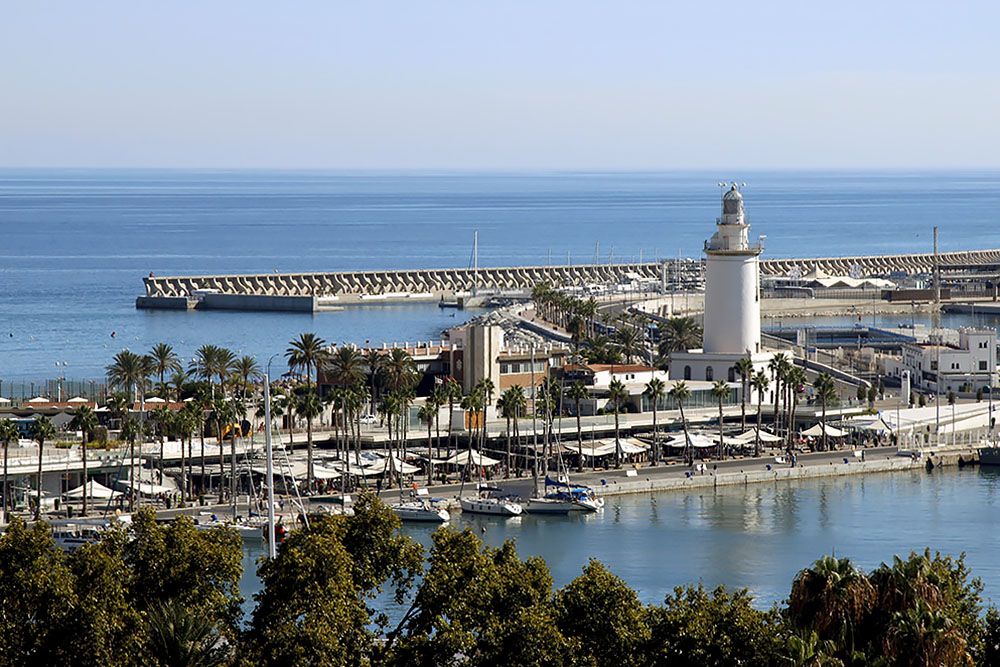
Ways to explore Malaga
A good way to get to know a city quickly is by a bicycle tour. This is particularly true of Malaga. Cycling as a means of transport is very encouraged in the city. Many Malagueños nowadays take their bikes to work, or use them recreationally in their leisure time. Bike tours are also organised, among others, by Baja Bikes. Accompanied by an English-speaking guide, you cycle past the main sights. As the guide also lives in Malaga, you will hear and see things that you won’t find in travel guides. Really fun! By the way, Baja Bikes also has a culinary bike tour: the Malaga Bike Tour with Tapas. Of course, you can also go on an organised city tour. Or explore the city walking on your own.
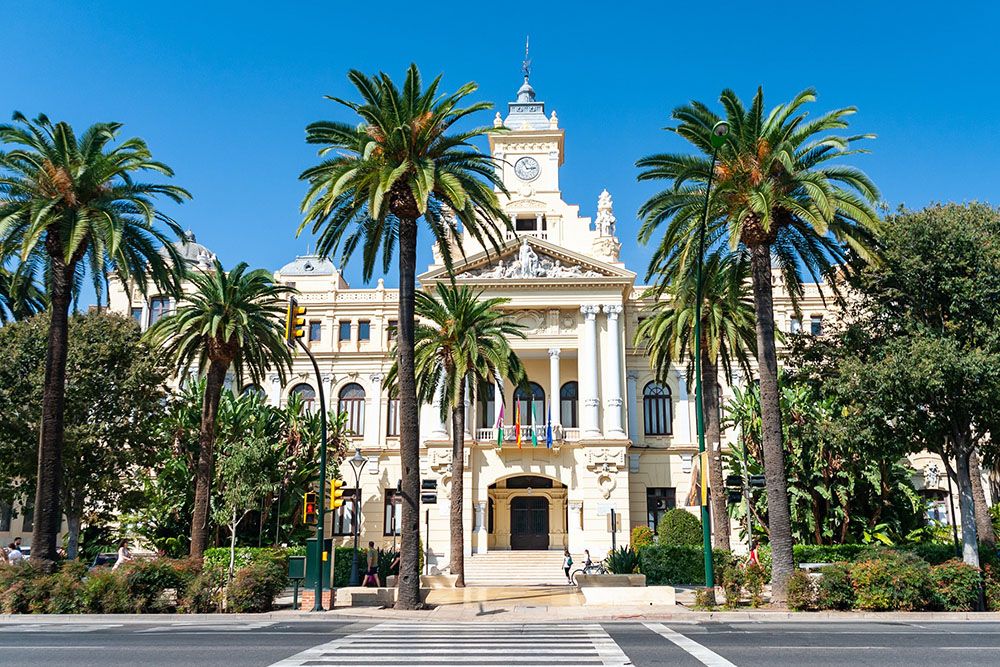
What not to miss on your city break to Malaga
Whether you explore the city on foot, cycling or by segway, the following should not be missing from your visit:
Alcazaba
The 11th-century Alcazaba is one of Malaga’s top attractions and an absolute must-see during your stay in this fine city. Alcazaba comes from the Arabic word al-qasbah meaning (more or less) citadel. This ancient, best-preserved Moorish citadel in the whole of Spain, is set against a hillside in the middle of the city. A little higher up the hill is Gibralfaro Castle. From here, the citadel was defended against multiple invaders throughout its eventful history.
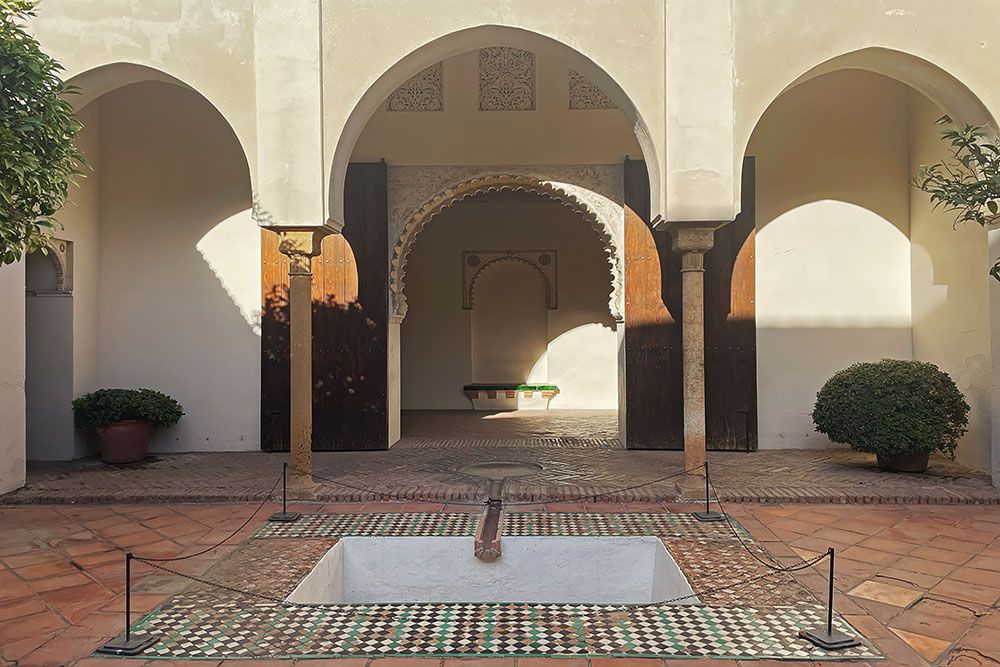
What makes the citadel worth a visit is not only its fascinating history but also the architectural beauty of the complex and its rich Moorish ornamentation. It is reminiscent of the architecture of the Alhambra in Granada because of the play of light and the beautiful patios with fountains. The use of parts of the nearby Roman Theatre, such as some fine columns, also make it beautiful.
Inside the citadel, visit the former Moorish palaces, including the Palacio Nazari. In addition, stroll through the gardens and along the high ramparts. You will definitely get great views of the city’s historic centre, the port, the bay and the mountainous surroundings.
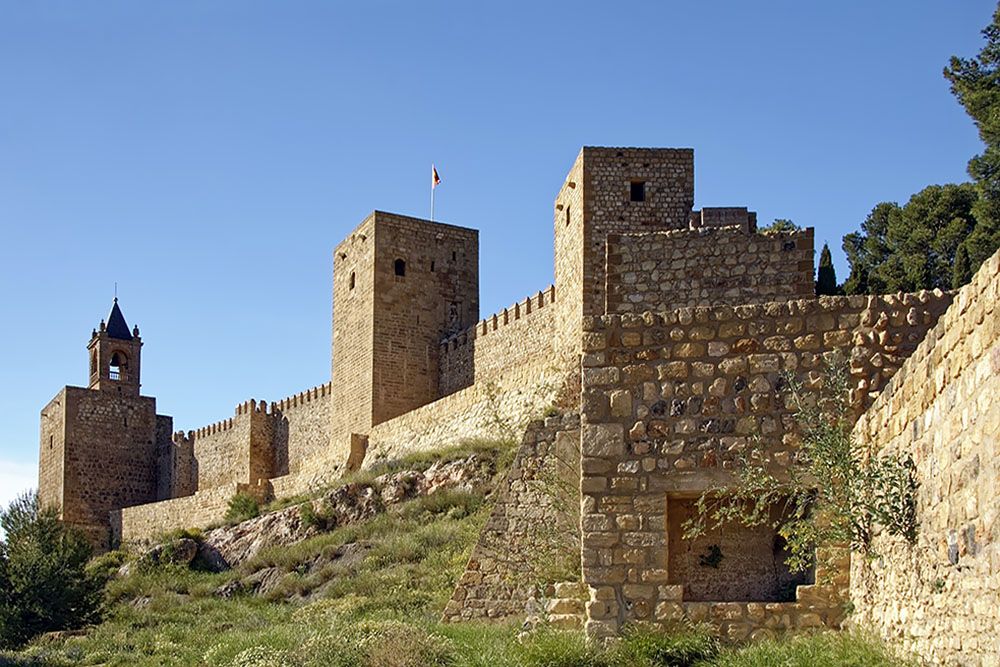
Castillo de Gibralfaro
Atop the 130-metre-high Gibralfaro hill, lies Gibralfaro Castle. This castle was built in the 14th century to defend the Alcazaba citadel. The Moors also built a mosque inside the castle. However, the house of worship disappeared when the Catholics conquered the city including the castle from the Moors in 1487. The Spanish still used the castle as a military base until the early 20th century.
The castle houses a small museum including clothing and weapons from the last six centuries. You also have a catering establishment there. Though we think the castle’s real highlight is the view. From the castle walls, you can see the Alcazaba beautifully stretching out below. But also the rest of the city, including the port and the coastline. From up there, you can also see right into Malaga’s bullring.
From the historic centre and the citadel, a slightly steep path leads up the hill to the castle. Count on about 15 to 20 minutes walking. In summer, climb the hill early in the morning as it can get quite hot here in the sun during the day.
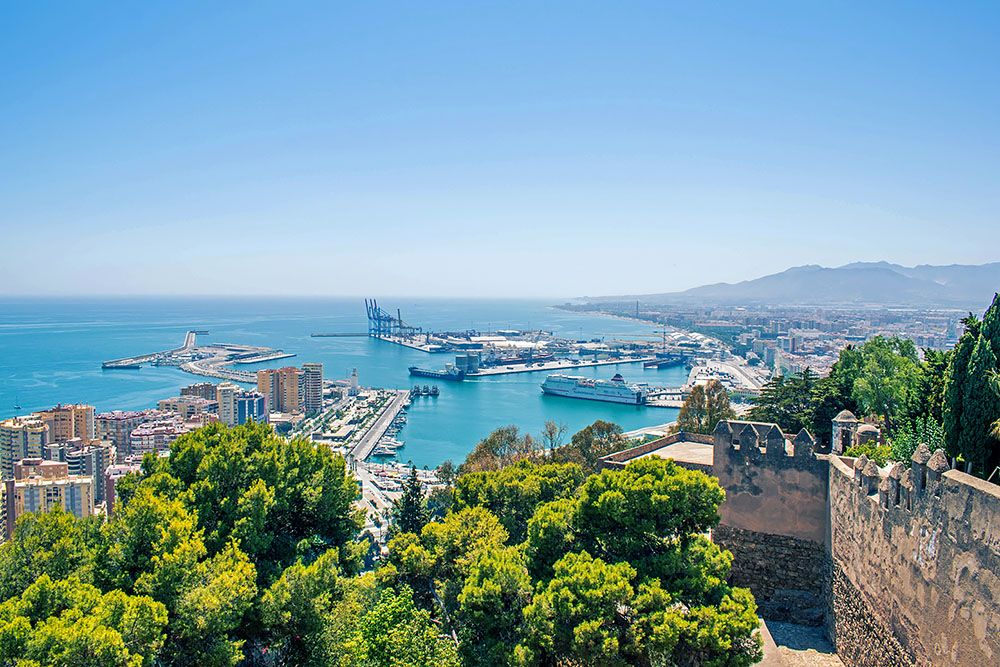
Jardín Botánico Histórico La Concepción
We have made a habit of also visiting at least one big park during a city break so we can escape the hustle and bustle of the city for a while and relax amidst the greenery.
In Malaga, there are several parks and gardens that are definitely worth a visit. But the one you must see as a nature lover is the La Concepción botanical garden. This 55-hectare garden was laid out in English style in the mid-19th century. You will find an impressive collection of tropical and subtropical plants. And, of course, the requisite ponds and even waterfalls. The botanical garden is located at the foot of the Montes de Málaga, about five kilometres by bike from the city centre. You also get a great view of the city from here.
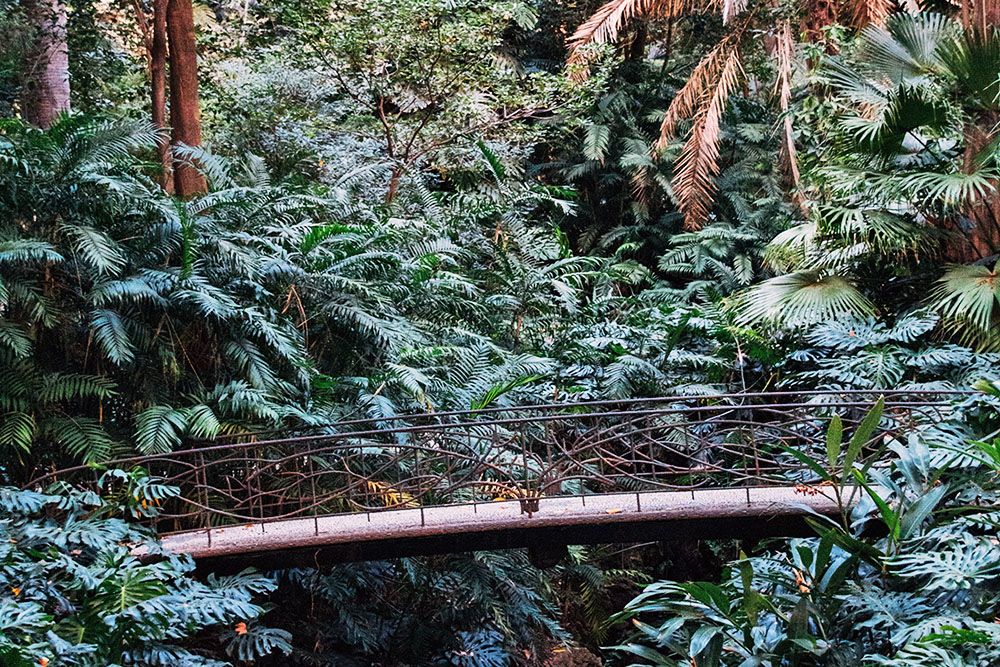
Parque de Málaga
Of a different order from the botanical garden but equally beautiful and pleasant park in Malaga is the Parque de Málaga. This narrow but elongated park is located between Plaza de General Torrijos and Plaza de la Marina. Malagueños, young and old, like to make use of this green oasis, partly because of the shade of the wide palm tree leaves. But the park is also a delight for your eyes thanks to its ornate Baroque and Renaissance statues and fountains. Besides mostly subtropical plants, there is also a beautiful rose garden, amid orange trees and cypresses.
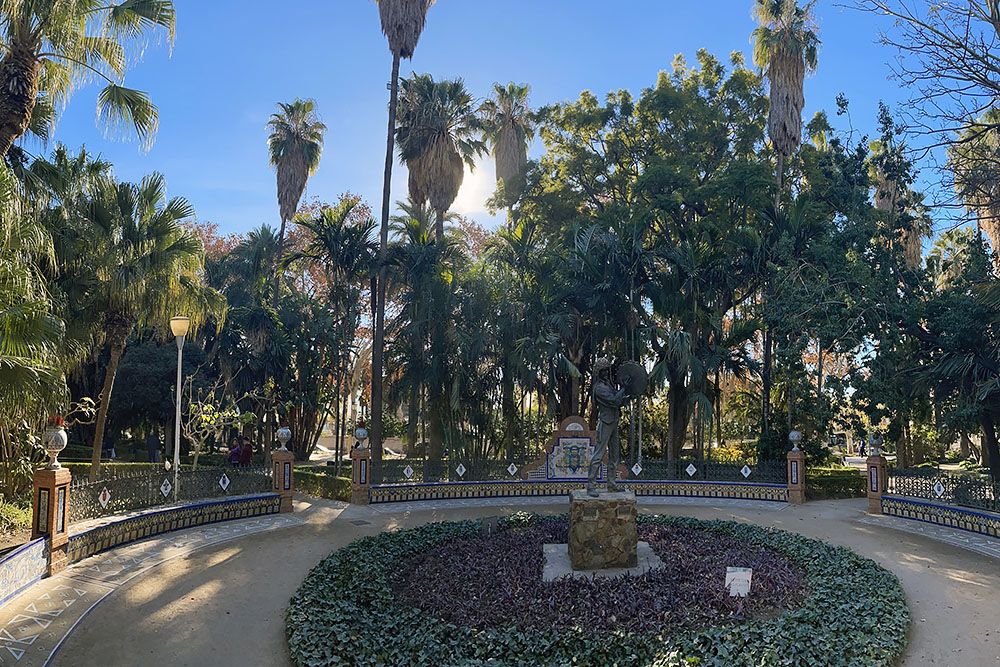
Catedral de Málaga
Wherever you are in Malaga’s historic centre, the cathedral is visible almost everywhere. The beautiful church owes this mainly to its height: at 84 metres, the tower is the second tallest church tower in Andalusia after that of La Giralda in Seville. Construction of Malaga Cathedral began in the early 16th century. But construction subsequently took more than 200 years. As a result, the end result became an interesting combination of Renaissance and Baroque styles. You can see these different styles especially on the outside. Incidentally, the church was never finally finished due to lack of money.
On the inside, the cathedral is no less interesting. There are many chapels, each with its own significance. Some contain beautifully old altars from the 16th and 17th centuries. Also impressive is the chancel, carved entirely of wood, consisting of no less than 58 statues. Furthermore, the organ from the late 19th century is worth a mention. Experts say the 4,000 pipes produce a fantastic sound. You will find the historic building at the cosy but somewhat touristy Plaza del Obispo.
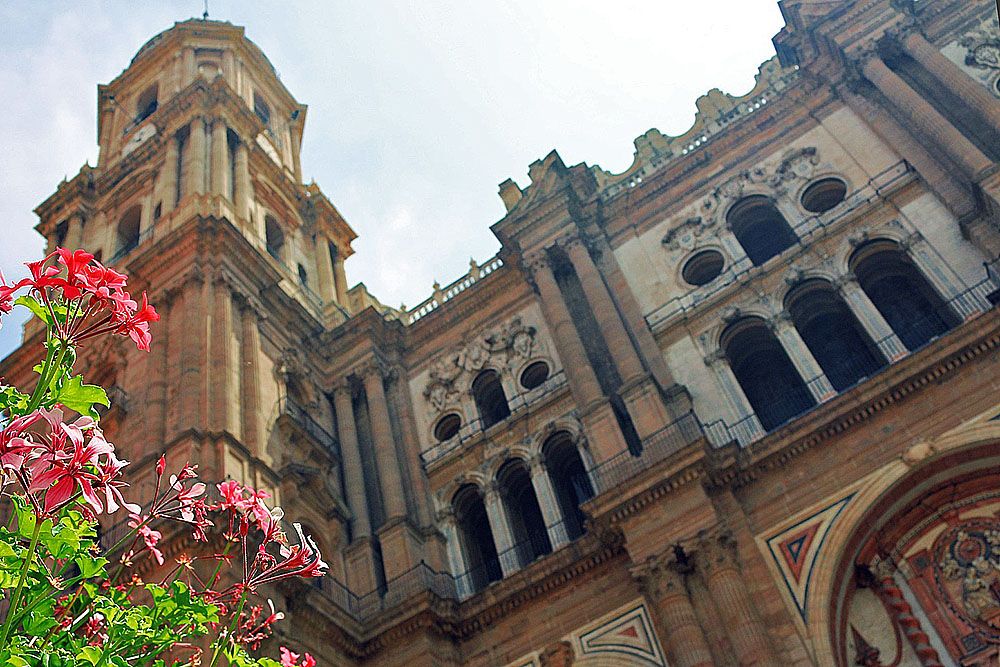
Mercado Atarazanas
The Mercado Atarazanas is the covered market that, like in many other Spanish cities, fulfils the central point of daily life in Malaga. The Atarazanas is the most popular market among Málagueños because of the freshness and reasonable prices of the products. You can go there for the usual fresh produce such as fruit and vegetables, meat and fish, and bread and cheeses, also for honey, nuts and tapas. There are several bars where you can get a glass of wine with a tapa.
But the market is more than just fresh food and drink. It is also simply a beautiful and atmospheric building. Truly a sight not to be missed during your city break. Mercado Atarazanas is located in the old town. The market is open Monday to Saturday until 2 p.m.
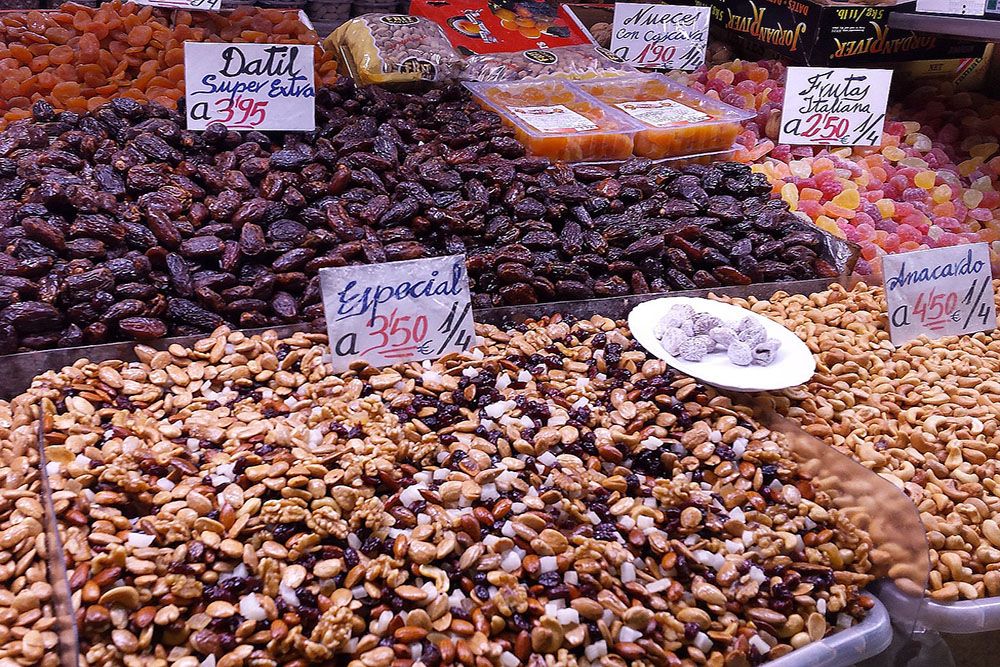
Museums
Malaga is home to several interesting museums. For example, for a rare, rainy day, or just to cool down on a hot summer day. One of the popular museums is the Museo Carmen Thyssen. Here you have an excellent collection of Spanish paintings from the 19th and 20th centuries. Another is the Museo Interactivo de la Musica Málaga. There is one of the largest collections of musical instruments in all of Europe. What’s more, the Museo de Málaga is certainly worth a visit. This, the largest museum in Andalusia, is housed in the beautiful Palacio de Aduana. It’s an archaeological and historical museum with over 17,000 artefacts!
But there is one museum that you must see regardless of the weather in Malaga: the Museo Picasso Málaga. The museum is housed in the beautiful Palacio Buenavista, near the birthplace of artist Pablo Picasso. You’ll find around 200 of his works (not just paintings) from his first and last period in particular. Although Picasso’s most famous works hang in other museums, you simply have to go there. If you haven’t had enough of Picasso after the museum, be sure to visit his birthplace. Here lie some art objects that the most famous artist of the last century created during his childhood.
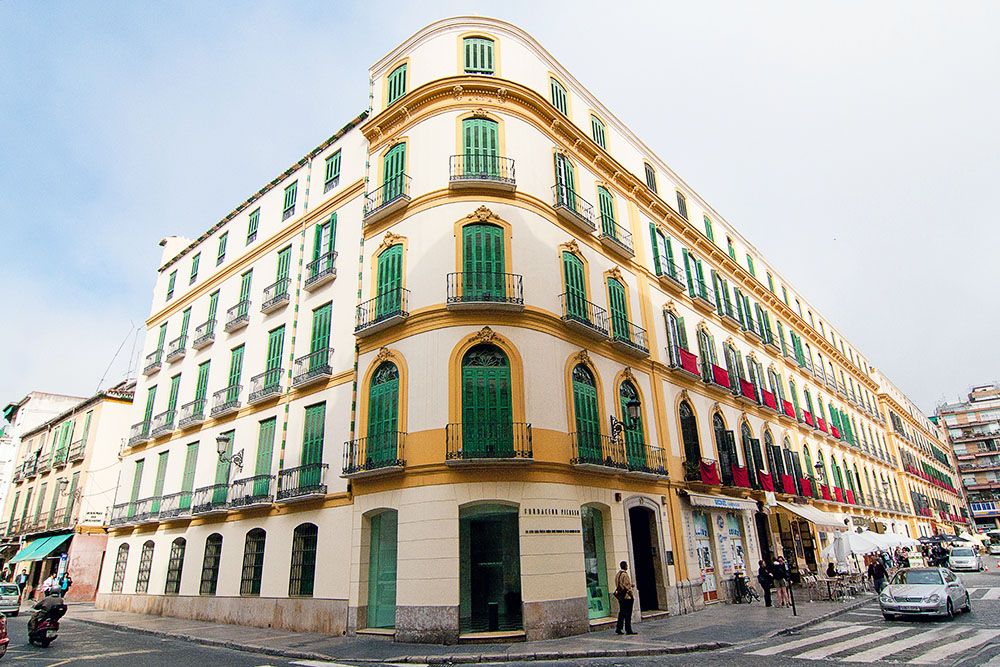
What to see and do outside Malaga
There is so much to see and do in the Malaga area that we will soon dedicate a blog to this. In that blog, we will take you to the most beautiful golf courses and the finest beaches. We will also tell you where you can enjoy some cycling. And we’ll describe a few fabulous walks you can do in this area, too. Like the famous Caminito del Rey.
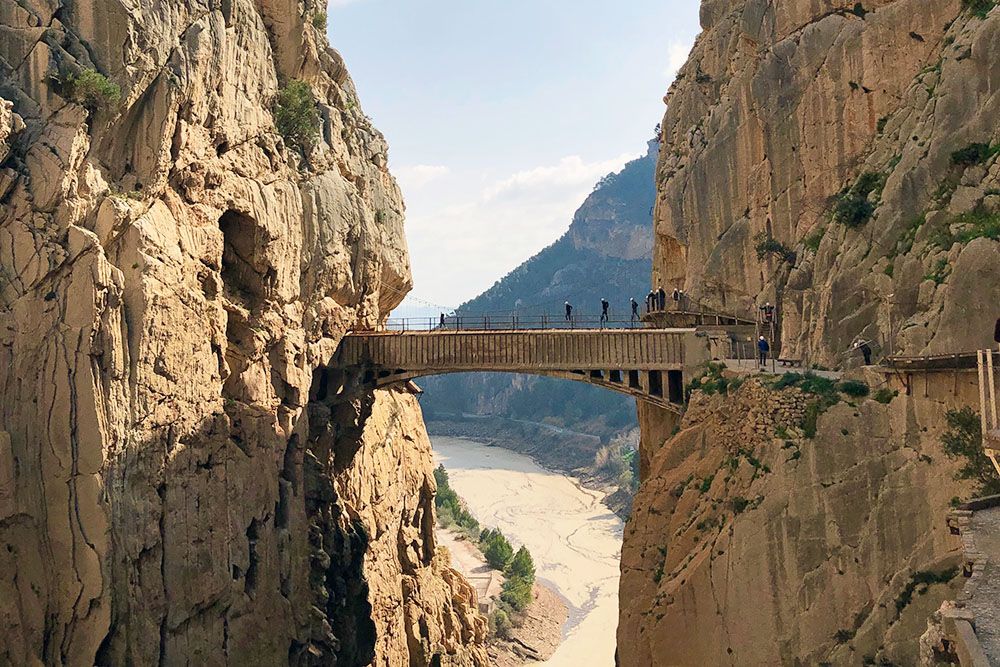
Answers to frequently asked questions on a city break to Malaga
Malaga has a Mediterranean climate like the rest of Andalusia's coast. With an average of 300 days of sunshine, it is one of the sunniest cities in Europe. Because the city lies in the shelter of the northern mountains, Malaga has the warmest winter of any European city. This also makes the city and its surroundings a popular destination for northern and western European winter visitors.
Furthermore, due to the sea influence, summers are significantly less hot than in the rest of Andalusia. In this respect, Malaga is a perfect year-round city break destination. In the summer months, however, it can be particularly crowded. Especially in August when the Spaniards themselves have holidays. Do you want it to be with really nice temperatures but not too crowded? Then spring and autumn are the ideal months for a city trip to Malaga.
You can easily explore Malaga on foot. Most of Malaga's main tourist attractions are within walking distance of each other. In addition, the historical centre is largely car-free. Due to the almost always sunny weather, it is always great to get around on foot.
Another perfect option is by bike. Malaga has around 30 kilometres of cycle paths. But even outside the cycle paths and outside the city, the bike is an excellent means of transport. There are several locations where you can rent a bike (cheaply), such as Baja Bikes.
Still prefer motorised transport? In the city centre, the red “hop-on-hop-off” bus is a good choice. If you want to go further, you can use the city's efficient bus and metro network.
Fish lovers in particular find plenty to enjoy in Malaga. One can usually enjoy the most delicious fish dishes at the so-called chiringuitos: beach bars. One of the most famous chiringuitos is El Tintero. Instead of a menu, waiters sing what dishes they have on offer.
For good food at reasonable prices, head to the port area. Here you will find many restaurants, most of which also have a terrace overlooking the water. In the old town, there are particularly many good restaurants. As many as ten of them have a mention in the Michelin Guide. These are the best restaurants in Malaga.
Thanks in part to its sunny climate, Malaga has many squares with pleasant terraces. You can go there for a refreshing drink or Muscatel, but often also for some tapas. A few lively squares for a drink include Plaza de las Flores and Plaza de la Merced but you will also find nice spots like Atlantis Sunset Lounge near the harbour. Moreover, Soho Malaga also has great terraces these days. Want to enjoy the warm sun on your terrace until late in the afternoon? Then visit one of the many rooftop terraces in Malaga. Like those at the Soho Bahia Hotel, AC Malaga Palacio or Hotel Molina Lario.
Malaga is home to an extraordinary amount of good accommodation, ranging from flats to hotels with the most beautiful rooftop terraces. Most can be found in the old town. Many also have parking facilities. Overview of all accommodation in Malaga.
Special tours in Malaga
Book special tours with our partner GetYourGuide here. We earn a modest commission for your booking at no additional cost to you. The commission helps us maintain this travel blog.



